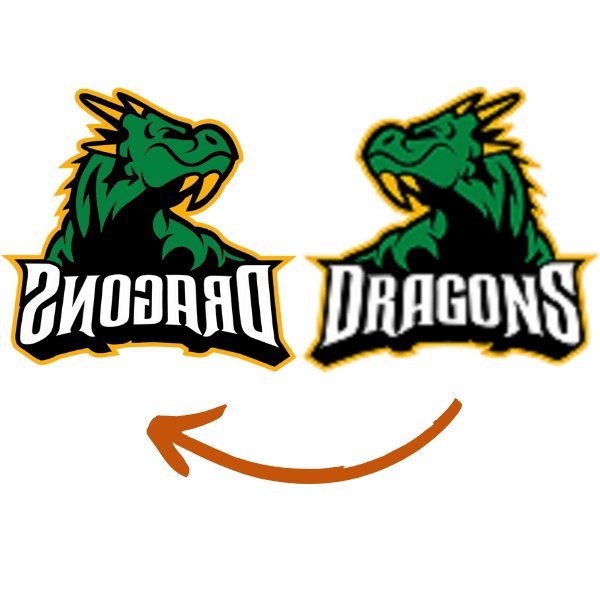Embroidery for High-Performance Athletic Wear: What to Know
ZDigitizing is offering a wide range of digitizing solutions to meet the needs of businesses and individuals alike. With expertise in logo digitizing.

Athletic wear is an essential part of sports and fitness culture, designed to be durable, breathable, and stylish. Embroidery is a great way to add branding, logos, and personalization to athletic apparel while maintaining a professional and high-end appearance. However, embroidery digitizing for athletic wear comes with specific challenges and considerations. In this article, we will explore the best techniques, materials, and strategies for achieving high-quality embroidered athletic wear.
Why Embroidery is a Great Choice for Athletic Wear
Unlike screen printing or heat transfers, embroidery offers:
-
Durability: Embroidered designs do not peel or fade, even after multiple washes.
-
Professional Appearance: High-quality embroidery adds a premium touch to sportswear.
-
Customization: Team names, player numbers, and sponsor logos can be embroidered for a unique look.
-
Versatility: Embroidery can be applied to jerseys, jackets, caps, and other sports-related merchandise.
Challenges of Embroidering Athletic Wear
While embroidery is a fantastic choice for athletic wear, it does pose some challenges:
-
Stretchy Fabrics: Many athletic garments are made of spandex, polyester, or moisture-wicking materials that stretch, making embroidery tricky.
-
Thin and Lightweight Materials: Delicate fabrics require stabilizers to prevent puckering and distortion.
-
Frequent Washing: Sports apparel is washed often, so embroidery must be durable enough to withstand repeated laundering.
-
Breathability: Heavy embroidery can reduce the breathability of moisture-wicking fabrics.
Key Strategies for Embroidery on Athletic Wear
1. Selecting the Right Fabric
Different types of athletic wear require different embroidery approaches:
-
Cotton and Polyester Blends: Ideal for embroidery as they provide stability.
-
Moisture-Wicking Fabrics: Require lightweight embroidery to avoid blocking breathability.
-
Stretch Fabrics (Spandex, Lycra): Need flexible embroidery techniques to accommodate fabric movement.
-
Mesh Jerseys: Need special backing and minimal stitch density to avoid fabric damage.
2. The Importance of Embroidery Digitizing
Embroidery digitizing converts designs into a format that embroidery machines can read. Proper digitizing ensures:
-
Clean and precise stitching.
-
Minimal fabric distortion, especially on stretchy materials.
-
Efficient stitch patterns that maintain fabric flexibility.
-
High-quality color transitions for complex logos.
3. Using the Right Backing and Stabilizers
Stabilizers help maintain the fabric’s structure during embroidery. The best options for athletic wear include:
-
Cut-Away Stabilizers: Ideal for high-stretch fabrics like spandex.
-
Tear-Away Stabilizers: Best for less stretchy, thicker materials.
-
No-Show Mesh Stabilizers: Great for lightweight fabrics that require a softer touch.
4. Choosing the Best Thread Type
Threads should be durable, flexible, and resistant to sweat and washing. The best options include:
-
Polyester Threads: Strong, colorfast, and resistant to sweat and UV exposure.
-
Nylon Threads: Offer stretchability and flexibility for sportswear.
-
Moisture-Resistant Threads: Maintain their shape even after exposure to sweat and frequent washing.
5. Optimizing Stitch Density and Design Placement
-
Light Stitch Density: Prevents stiffness and maintains fabric flexibility.
-
Strategic Placement: Ideal areas for embroidery include chest logos, sleeve branding, and back designs.
-
Avoiding High-Stretch Zones: Avoid embroidery on areas like elbows and knees to prevent distortion.
6. Testing Before Bulk Production
Before embroidering a large batch of athletic wear, always:
-
Conduct a test run on a sample fabric.
-
Check for puckering, misalignment, or stiffness.
-
Make necessary adjustments to the embroidery digitizing file.
FAQs About Embroidering Athletic Wear
Q1: Can embroidery damage moisture-wicking fabrics?
A: If done incorrectly, embroidery can reduce breathability. Using light-density stitching and appropriate stabilizers minimizes this risk.
Q2: What is the best thread for embroidered athletic wear?
A: Polyester thread is the best choice due to its strength, colorfastness, and resistance to moisture and UV exposure.
Q3: Can embroidery be done on compression wear?
A: Yes, but it requires specialized digitizing techniques and flexible backing to accommodate fabric stretch.
Q4: How do I maintain embroidered athletic wear?
A: Wash garments inside out, use mild detergent, and avoid high-heat drying to preserve embroidery quality.
Q5: Is embroidery more durable than heat transfer for sports apparel?
A: Yes, embroidery is more durable and withstands frequent washing better than heat transfer prints.
What's Your Reaction?










